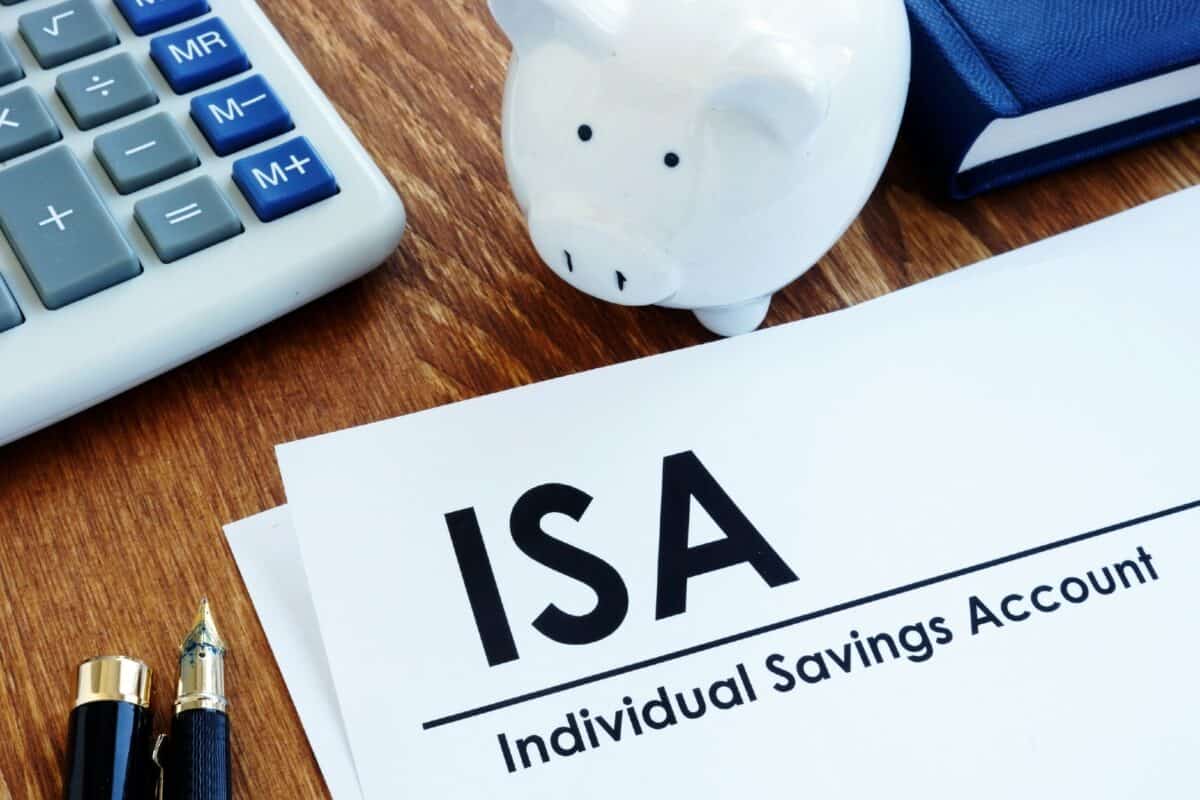Creating a million-pound Stocks and Shares ISA is quite a common financial goal these days. With a seven-figure tax-free investment portfolio, an investor could be set up for life.
It could be an achievable goal. Here’s a look at how one could aim at getting there.
Please note that tax treatment depends on the individual circumstances of each client and may be subject to change in future. The content in this article is provided for information purposes only. It is not intended to be, neither does it constitute, any form of tax advice. Readers are responsible for carrying out their own due diligence and for obtaining professional advice before making any investment decisions.
Should you invest £1,000 in Reckitt Benckiser Group Plc right now?
When investing expert Mark Rogers has a stock tip, it can pay to listen. After all, the flagship Motley Fool Share Advisor newsletter he has run for nearly a decade has provided thousands of paying members with top stock recommendations from the UK and US markets. And right now, Mark thinks there are 6 standout stocks that investors should consider buying. Want to see if Reckitt Benckiser Group Plc made the list?
Prioritising ISA savings
To my mind, there are two crucial things to consider when aiming to build a £1m ISA. The first is make regular contributions into their account.
Now this doesn’t necessarily mean maxing out the £20k annual allowance every year. Across the UK, only around 800,000 people can afford to do this on a regular basis.
What it does mean however, is prioritising ISA savings (ie paying into an ISA on payday).
Whether it’s £3k invested a year or £10k, it all adds up. Especially if the money’s working hard for you. Though, of course, investing puts your capital at risk and returns are never guaranteed.
Developing a proper investing strategy
This brings me to the next step, which is putting a proper investment strategy in place. This is the really important part of the process.
By investing properly, and taking advantage of the power of compounding, the potential’s there to hit that £1m mark possibly sooner.
Now there are many different strategies investors can pursue within a Stocks and Shares ISA.
One straightforward strategy is to just invest in a low-cost global index fund, such as the iShares Core MSCI World UCITS ETF (LSE: SWDA). This is a simple index tracker product that provides exposure to around 1,500 companies from 23 developed countries.
This allows access to a lot of top companies. For example, Apple, Microsoft, and Alphabet (Google) are all among the top 10 holdings.
Over the last five years (to the end of March), this ETF has returned about 77%, which translates to an annual return of about 12%.
However, as always, past performance isn’t an indicator of future returns. If we were to see a stock market wobble in the years ahead due to geopolitical or economic issues the ETF could provide lower returns.
Another option is to invest in a selection of high-quality individual stocks in the hope of achieving higher returns than a tracker fund.
Now this is a riskier approach to investing. It’s also more time consuming. However, pick the right stocks, and the rewards can be worth it.
Just a look at the gains delivered by Amazon over the last decade. Had I invested £10,000 in this company 10 years ago, I’d now have around £150,000.
Of course, investors don’t have to choose between these approaches. Personally, I like the idea of doing both.
By putting a large chunk of my Stocks and Shares ISA capital into tracker funds, but also allocating some money to stocks, I could potentially generate excellent returns while keeping my risk levels lower.
How long would it take?
How long would it take me to build a £1m ISA using this approach? Well, it would depend on how much I put into my account and the returns I was able to achieve. After all, I could lose money as well as make it.
But I calculate that if I put £1,000 a month into my ISA and I made a 10% return over the long term (acknowledging that the average return on ISAs over the past 10 years has been less than 10%), I could hit the £1m mark in around 23 years.








